Draw a dog for beginners can be quite confusing. Lets check with this step by step guide for easy dog drawing tutorial.
Are you interested in learning how to draw a dog but don’t know where to start? Drawing a dog can be a fun and rewarding experience, especially for beginners. It allows you to express your creativity and improve your artistic skills.
In this guide, we will take you through a step-by-step process to create a realistic-looking dog.
“Dogs do speak, but only to those who know how to listen.”
How to Draw a Dog for Beginners
Drawing can be easy or hard, it depends on how advanced or easy drawing you choose. In this guide to dog drawing, we will explain step by step how to draw a dog for beginners. Starting with gathering materials-
79 Facts About Indian Spitz Dogs
Gathering Your Materials
Before you begin drawing, it’s important to gather all the necessary materials. You will need pencils, erasers, paper, and a ruler (optional). Make sure your pencils are sharp and your erasers are clean. Having good-quality materials will help you achieve better results.
- Pencils
- Erasers
- Paper
- Ruler (optional)
Determining Your Dog Breed
Next, you should decide which breed of dog you want to draw. There are many different breeds of dogs, each with its own unique characteristics. Research different breeds and choose one that you feel comfortable drawing. Some popular breeds for beginners include Labrador Retrievers, Beagles, and Bulldogs.
Starting with Basic Shapes
The first step in drawing a dog is to start with basic shapes. These shapes will serve as the foundation for your drawing and help you establish the overall size and proportions of the dog. Here are some tips for getting started:
Draw a circle for the head:
The head of a dog is usually round, so start by drawing a circle for the head. This will help you establish the size of the head and the position of the features.
Draw an oval for the body:
The body of a dog is usually oval-shaped, so draw an oval under the head. This will help you establish the size and shape of the body.
Draw circles for the legs:
Draw four circles under the body for the legs. This will help you establish the position of the legs and the overall stance of the dog.
Draw a smaller circle for the snout:
The snout of a dog is usually smaller than the head, so draw a smaller circle next to the head. This will help you establish the size and position of the snout.
By starting with these basic shapes, you will be able to establish the overall proportions of the dog and create a solid foundation for your drawing. Remember to use light lines at this stage, as you will be refining your drawing as you go.
Adding Details to the Head
Now that you have the basic shapes down, it’s time to add some details to the head. The head is one of the most important parts of the dog, as it contains the facial features that give the dog its expression and personality. Here are some tips for adding details to the head:
Draw the eyes:
The eyes are one of the most important parts of the head, as they give the dog its expression. Draw two almond-shaped eyes within the head circle. Be sure to add some shading to give the eyes depth.
Draw the nose:
The nose is another important feature of the head. Draw a small triangle at the bottom of the snout circle to create the nose. Add some shading to give the nose dimension.
Draw the mouth:
The mouth is another important feature of the head. Draw a small line under the nose for the top lip and a larger, curved line under that for the bottom lip. Add some shading to create the appearance of depth.
Add the ears:
The ears are another important part of the head. Draw two triangular shapes on either side of the head circle for the ears. Add some shading to give the ears dimension.
By adding these details to the head, you will start to see your dog take shape. Remember to use light lines at this stage, as you may need to make adjustments as you add more details to the drawing.
Adding Details to the Body
Now that you have added details to the head, it’s time to focus on the body. Adding details to the body will bring your dog’s drawing to life and give it a sense of movement and personality. Here are some tips for adding details to the body:
Draw the neck:
The neck connects the head to the body and is an important part of the dog’s anatomy. Draw a curved line from the head circle to the body oval to create the neck.
Draw the tail:
The tail is another important part of the dog’s anatomy and can add a lot of personality to your drawing. Draw a curved line at the back of the body oval to create the tail. You can make the tail short or long depending on the breed of dog you are drawing.
Draw the paws:
The paws are the dog’s feet and are an important part of the dog’s anatomy. Draw four oval shapes at the bottom of the leg circles to create the paws. Add some shading to create the appearance of depth.
Refine the Details:
Now that you have the basic shapes and details in place, it’s time to refine the drawing. Use darker lines to define the shapes and features of the dog. Pay attention to the details, such as the curvature of the paws and the length of the tail.
Add fur to the body:
Dogs are covered in fur, so adding some texture to the body can help bring your drawing to life. Use short, curved lines to create the appearance of fur. Pay attention to the direction of the fur, as it will vary depending on the breed of dog you are drawing.
Add shading to create depth:
Shading is an important part of creating depth in your drawing. Use darker lines and shading to create the appearance of depth and shadows. Pay attention to the direction of the light source and add shading accordingly.
Erase any unnecessary lines:
As you add more details and shading to your drawing, you may find that some of the original lines are no longer necessary. Use an eraser to clean up the drawing and remove any unnecessary lines.
Practicing (Draw a Dog for Beginners)
Drawing is a skill that requires practice to improve. Keep practicing to refine your skills and experiment with different breeds and styles. There are many resources available online, such as video tutorials and step-by-step guides, that can help you improve your drawing skills.
Tips for Easy Dog Drawing
If you’re looking for some tips to make drawing a dog easier, here are a few to keep in mind:
Start with basic shapes: As we mentioned earlier, starting with basic shapes will help you establish the foundation for your drawing.
Pay attention to proportions: Dogs come in many shapes and sizes, so it’s important to pay attention to the proportions of the breed you are drawing.
Study anatomy: Understanding the anatomy of dogs can help you draw more realistic-looking dogs. Study the skeletal structure and muscle groups of dogs to better understand how they move and function.
Practice shading: Shading is an important technique that can help create depth and dimension in your drawing. Practice shading to improve your skills.
5 Reference Images to Draw a Dog for Beginners
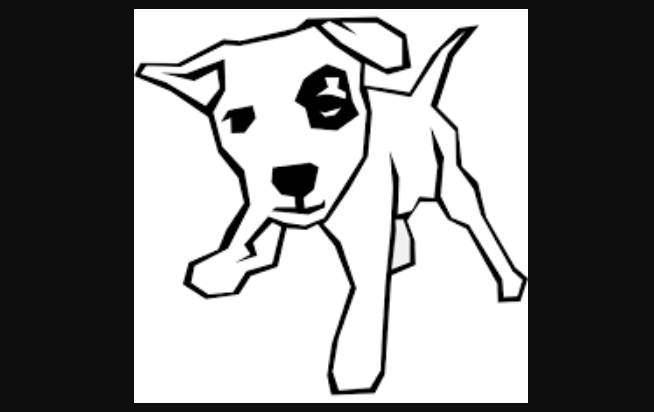
Cartoon Dog drawing for kids
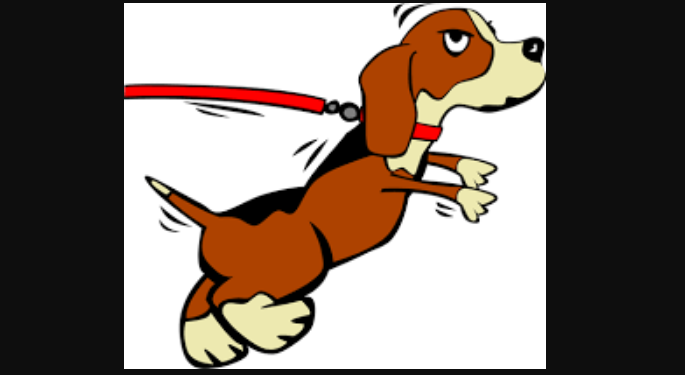
Draw a Dutch hound easily for beginners
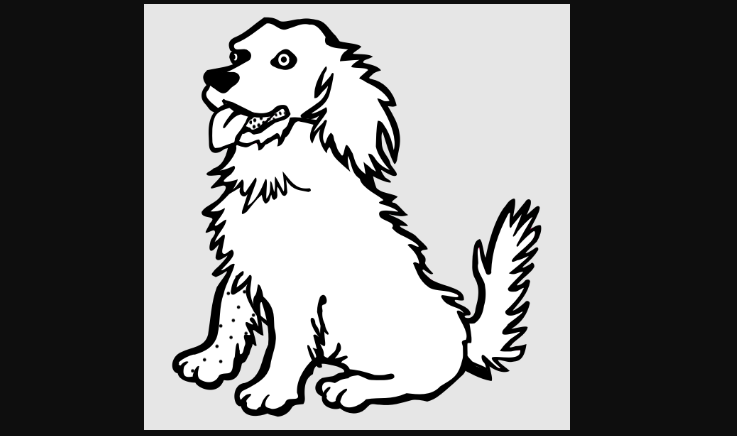
Easy dog drawing for beginners.

Draw a dog for beginners with step by step guide.
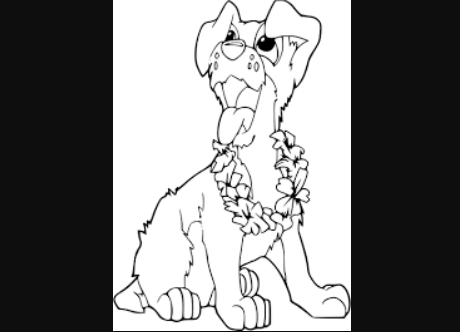
Draw this dog portrait easily.
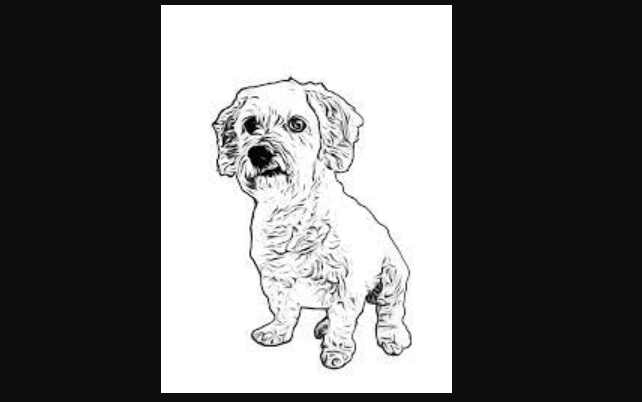
Draw this dog picture for advance level drawing.
Conclusion (Draw a Dog for Beginners)
Drawing a dog can seem daunting at first, but with practice and patience, anyone can learn. By following the steps outlined in this guide, you can create a realistic-looking dog that you can be proud of. Remember to start with the basic shapes, add details gradually, and refine your work as you go. With practice, you will soon be able to draw a dog with ease. So grab your pencils and start drawing!
More Drawings:
3 Simple Ways to Draw Mahatma Gandhi for Kids
